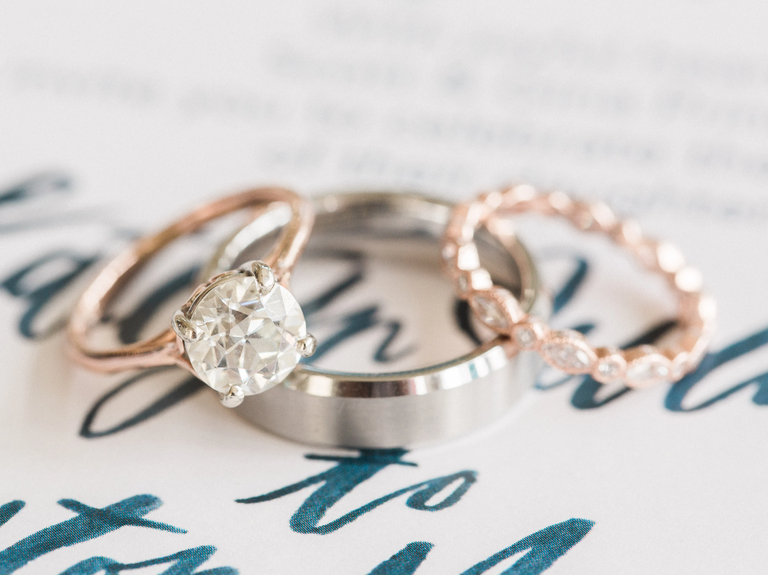Introduction
With regards to purchasing or selling gemstones and adornments, certification is critical. Two of the most seen names in pearl grading are IGI (International Gemological Organization) and GIA (Gemological Establishment of America). In any case, how do these institutions stack facing each other? In this aide, we’ll dive into the intricate details of IGI and GIA, compare their approaches, and assist you with concluding which may be the better decision for your necessities.
What is IGI?
History of IGI
Established in 1975, IGI has grown to be a global leader in gemological certification. With headquarters in Antwerp, Belgium, IGI’s mission is to give great and unbiased grading of diamonds and gemstones gia vs igi. All through the long term, IGI has expanded its administrations to incorporate adornments certification and education.
IGI Certification Cycle
IGI includes a rigorous cycle for ensuring gemstones and pearls. Each thing goes through a detailed examination where its color, clarity, cut, and carat weight are assessed. The grading framework is supported advanced innovation and experienced gemologists, ensuring accuracy and reliability.
IGI’s Grading Criteria
IGI’s grading criteria are similar to those of other gemological establishments, focusing in on the Four Cs: Color, Clarity, Cut, and Carat Weight. They also give detailed reports that incorporate additional information like fluorescence and treatment history.
What is GIA?
History of GIA
Established in 1931, GIA is renowned for its pioneering work in gemology. Based in Carlsbad, California, GIA is much of the time regarded as the gold standard in diamond certification. The establishment’s contributions to the field, including the advancement of the Four Cs grading framework, have set benchmarks for the business.
GIA Certification Cycle
GIA’s certification cycle is known for its thoroughness and impartiality. Gemstones are evaluated GIA’s master gemologists using both traditional strategies and state-of-the-art hardware. Each report is carefully prepared to give an accurate assessment of the gemstone’s attributes.
GIA’s Grading Criteria
GIA also adheres to the Four Cs: Color, Clarity, Cut, and Carat Weight. Their grading framework is exceptionally regarded for its consistency and accuracy. GIA reports are considered probably the most over the top total in the business, often including detailed information about the gemstone’s origin and treatment.
Comparing IGI and GIA
Reputation and Recognition
GIA is broadly seen as the most prestigious gemological organization, particularly in the U.S. and Europe. Its name is synonymous with reliability and accuracy. IGI, while exceptionally endlessly regarded globally, doesn’t carry the same level of recognition as GIA in certain regions.
Accuracy and Consistency
Both IGI and GIA are known for their accurate and consistent grading. However, GIA’s reputation for stringent grading standards and transparency much of the time places it a step ahead. GIA’s reports are in many cases used as a wellspring of viewpoint point in the business.
Customer Administration and Transparency
IGI Customer Administration
IGI offers hearty customer administration, including online access to certificates and support for demands. They are known for their efficiency and support in addressing customer concerns.
GIA Customer Administration
GIA is renowned for its exceptional customer administration. Their transparency in grading practices and detailed reports contribute to their strong reputation. GIA’s customer support is available through various channels, ensuring that clients get total assistance.
Which Certification is Better?
For Purchasing Adornments
For purchasers, GIA’s reputation for accuracy and thoroughness makes it a favored decision. A GIA certificate can offer added confidence in the quality and value of the gemstone.
Lab created diamonds, also known as synthetic or cultured diamonds, are gems manufactured through technological processes that replicate the natural conditions under which diamonds form in the Earth. These diamonds are chemically, physically, and optically identical to their natural counterparts, possessing the same brilliance and durability.
For Selling Adornments
Merchants could pick IGI for its more adaptable grading administrations and serious evaluating. However, having a GIA certificate can potentially enhance the resale value of a gemstone.
Conclusion
Picking either IGI and GIA largely depends upon your particular necessities and inclinations. While the two institutions offer great certification, GIA’s prestigious reputation and rigorous grading processes regularly make it the favored decision for many. IGI, with its global presence and compelling assistance, remains a strong contender in the business. Understanding the distinctions between these two can assist you with making an informed decision whether you’re trading pearls.
Can IGI and GIA certifications be used interchangeably?
While the two certifications are regarded, GIA’s reputation may give more assurance to purchasers and dealers in certain markets.
Which certification is more generally accepted?
GIA is generally more broadly accepted, particularly in excellent quality markets and among professional jewel dealers. IGI is also seen however may vary region.

